MacOS is a fast and secure operating system yet you may experience performance issues in the longer run. Unlike Windows operating systems, MacOS does not require frequent optimization. But, if you start facing performance issues, you should learn how to make your MacBook faster.
There are a few tweaks that you can perform to optimize your Mac manually. Performing these tweaks on a regular basis can be time taking and tiresome. If there are severe performance issues, you can make use of the Best Mac Optimizer Software available in 2023. Let us begin with the manual tweaks on how to speed up your Mac.
- Uninstall Dead Apps
- Reduce Startup Programs
- Clean up Large Files & Documents
- Quit Redundant Processes in the Background
- Check for MacOS System Update
- Upgrade to Latest Hardware
- Use Best Mac Optimizer
Table of Contents
Uninstall Dead Apps
The first method on how to speed up your Mac is to uninstall apps that you have not used for a long time. There might be apps that you no longer use or use once in a blue moon. These apps can be uninstalled to regain storage space and boost performance.
Step 1. Access the Applications folder from the Apple menu.
Step 2. Identify and select the app that you no longer use.
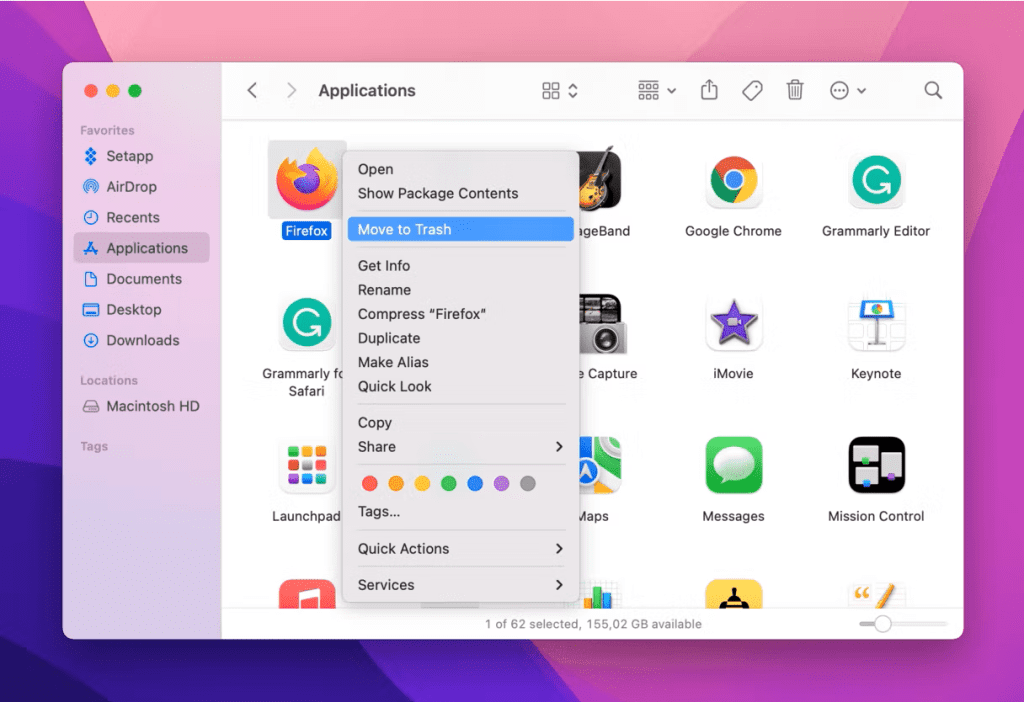
Step 3. Right-click on the app icon and click ‘Move to Trash’ from the menu. The selected app will be uninstalled in the background. Follow the same process with all the app icons that you do not want to keep on your Mac.
Alternatively, you can drag the app icon and drop it into Trash. Both methods to uninstall apps on Mac will leave a lot of junk files, traces, cache, and cookies on your Mac. You will need to clear up the clutter manually from the respective app folders. Using the Best Mac optimizer can save you from this hurdle.
Reduce Startup Programs
Too many startup programs can take up a lot of time when you boot your Mac. It is always recommended to keep a minimum of apps to load automatically when you boot to the desktop.
Step 1. Go to the Apple menu and select System Settings or System Preferences.
Step 2. Go to the General tab and then select Login Items.
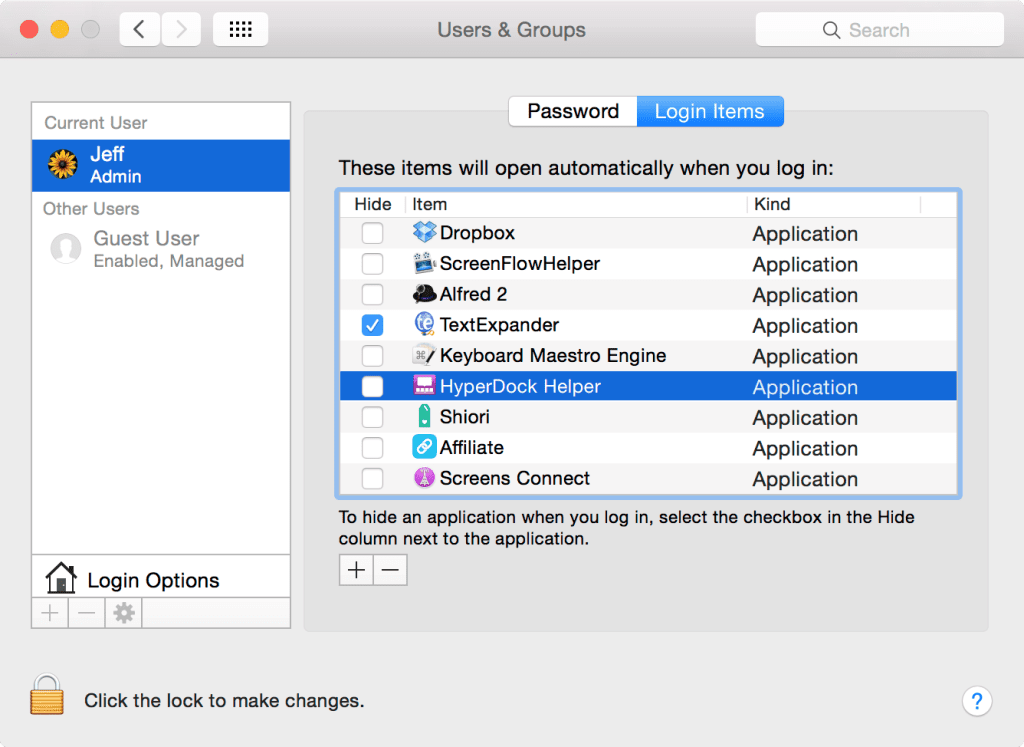
Step 3. Select the app that you wish to disable loading during the boot process. Click on the minus button to disable it.
Clean up Large Files & Documents
Large files and documents can take up a lot of space in storage. you may need to declutter your storage if you run out of space. Checking Recommendations by Mac can be an easy option to reduce clutter and regain storage space.
Step 1. Go to the Apple menu and select System Settings or System Preferences.
Step 2. Go to the General tab and then select Storage.
Step 3. It will display the used and free storage bifurcated by types of files in an index. Check out the Recommendations section and click on the Optimize button.

Step 4. You will see File Explorer with buttons like Large Files, Videos, and other categories. Sort files by size to bring the largest ones on the top. Select and delete files that you no longer want. Sort files by date to check the oldest files that you might not want anymore.
Step 5. Go to the videos section or find videos and movies. These files may take up space in Gigs. Delete movies that you have already seen or videos that you do not want to store.
Quit Redundant Processes in the Background
If you do not restart your Mac on a regular basis, there can be redundant apps and processes still running in the background. You can check them in the Activity Monitor and kill the processes you do not want anymore. These processes take up a lot of system resources and slow down your Mac.
Step 1. Access the Applications folder from the Apple menu.
Step 2. Expand the Utilities folder and look for Activity Monitor.
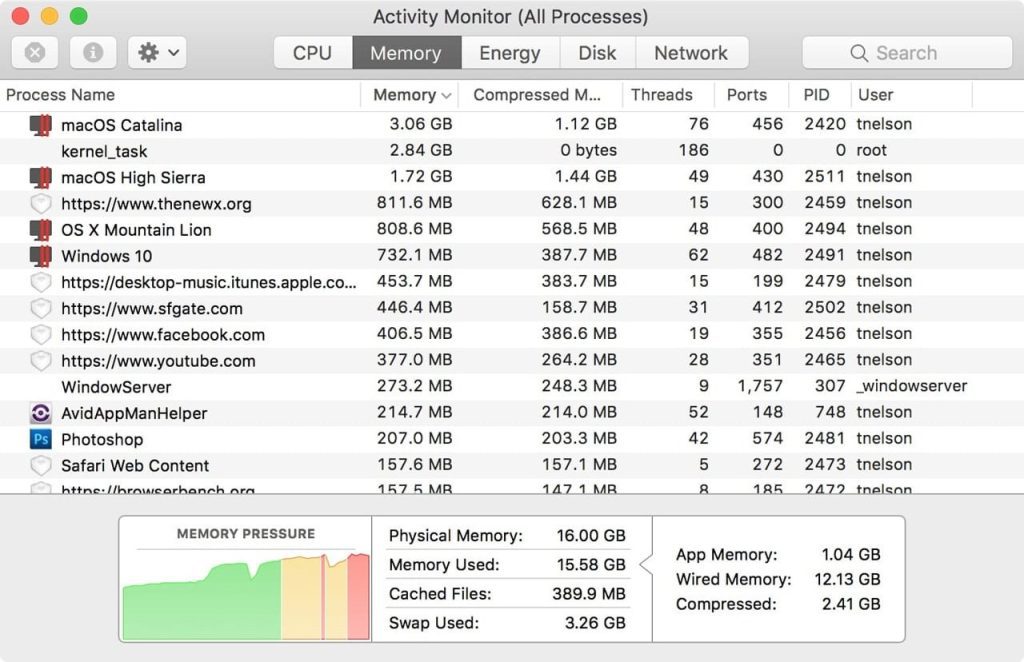
Step 3. Click on the Memory Tab to check all the running processes. Click on the Memory column again to sort apps by memory consumption.
Step 4. Select the app and click on the Quit button. You can also right-click on the app and select Quit or Force Quit to end the process. If there are multiple apps and processes running in the background, you can simply restart the Mac to kill all processes at once.
Check for MacOS System Update
Checking MacOS for Updates or Upgrades is one of the essential steps on how to make a MacBook faster. Whenever there is a new update released, if you have ignored the message, now is the time to install the latest update.
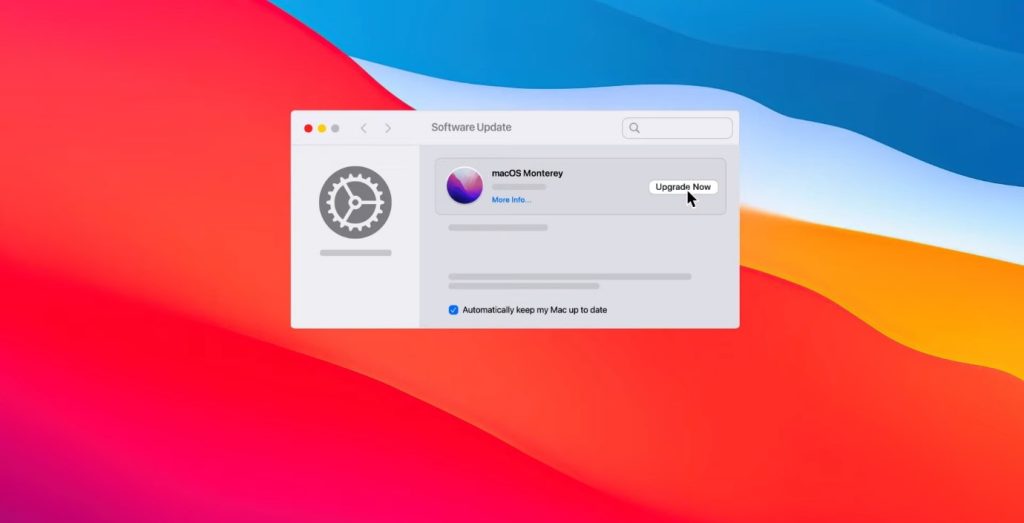
Step 1. Click on the Apple menu and select About this Mac.
Step 2. If the Update Now or Upgrade Now button is highlighted, click to install the latest updates.
Upgrade to Latest Hardware
If you are struggling with an old Mac, it is time to upgrade the hardware. You can consider upgrading HDD to SSD with proper backups. Installing higher RAM on your Mac can also be a good suggestion to boost the performance of your Mac. While upgrading to hardware, always check for hardware compatibility.
Use Best Mac Optimizer
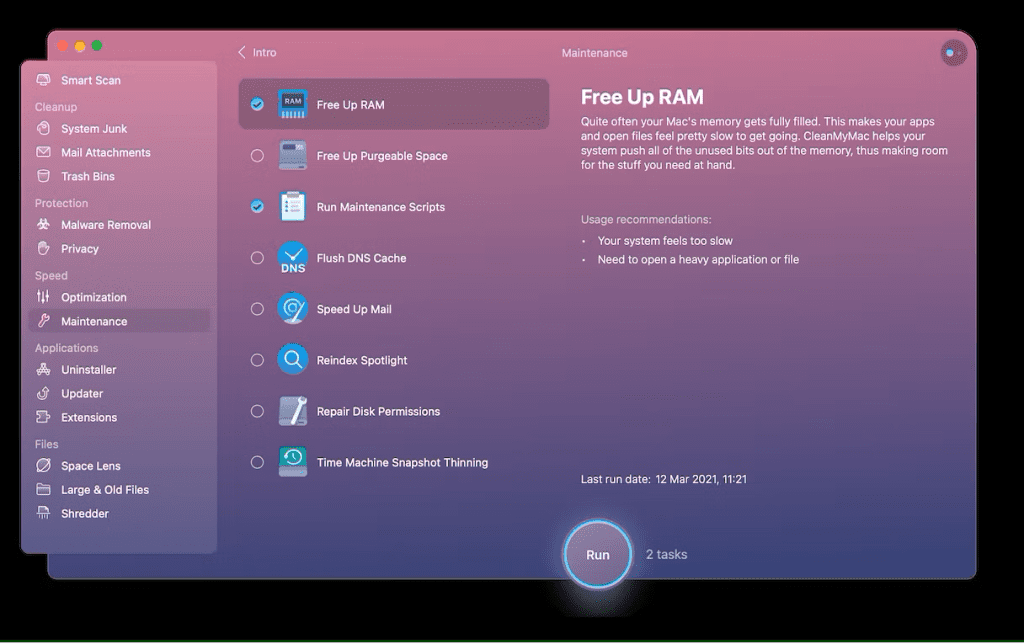
The Best Mac Optimizer Software can automate this whole exercise. If you can’t follow all these major steps on how to make your MacBook faster, you can simply use the Best Mac Optimizer to automatically clean all the clutter, delete files securely, uninstall apps, delete app clutter, cache, cookies, temp files, install updates, take care of security threats, perform optimization and maintenance, and do a lot more.
Final Words
This article on how to speed up your Mac has the best tips and tricks to optimize your Mac. Performing manual tweaks can be tricky at times. The above-listed steps on how to make the MacBook faster are just the major ones. There are several other steps that need to be performed on a regular basis. The Best Mac optimizer software can automatically delete all the clutter and make your Mac as good as new. Keep it optimized automatically on scheduled intervals and experience the best performance.
Also Read: How to get more iCloud storage space in Apple device











